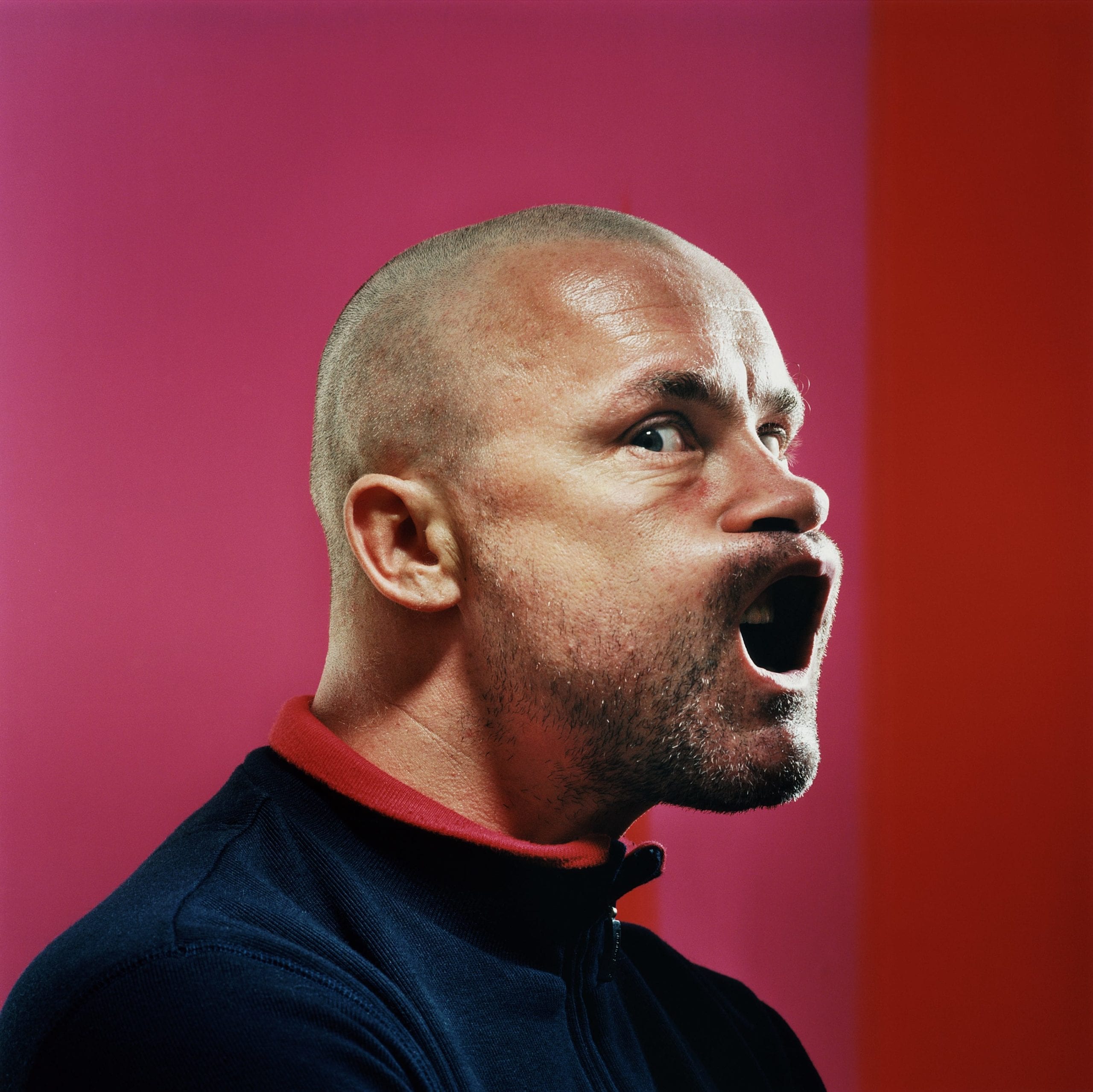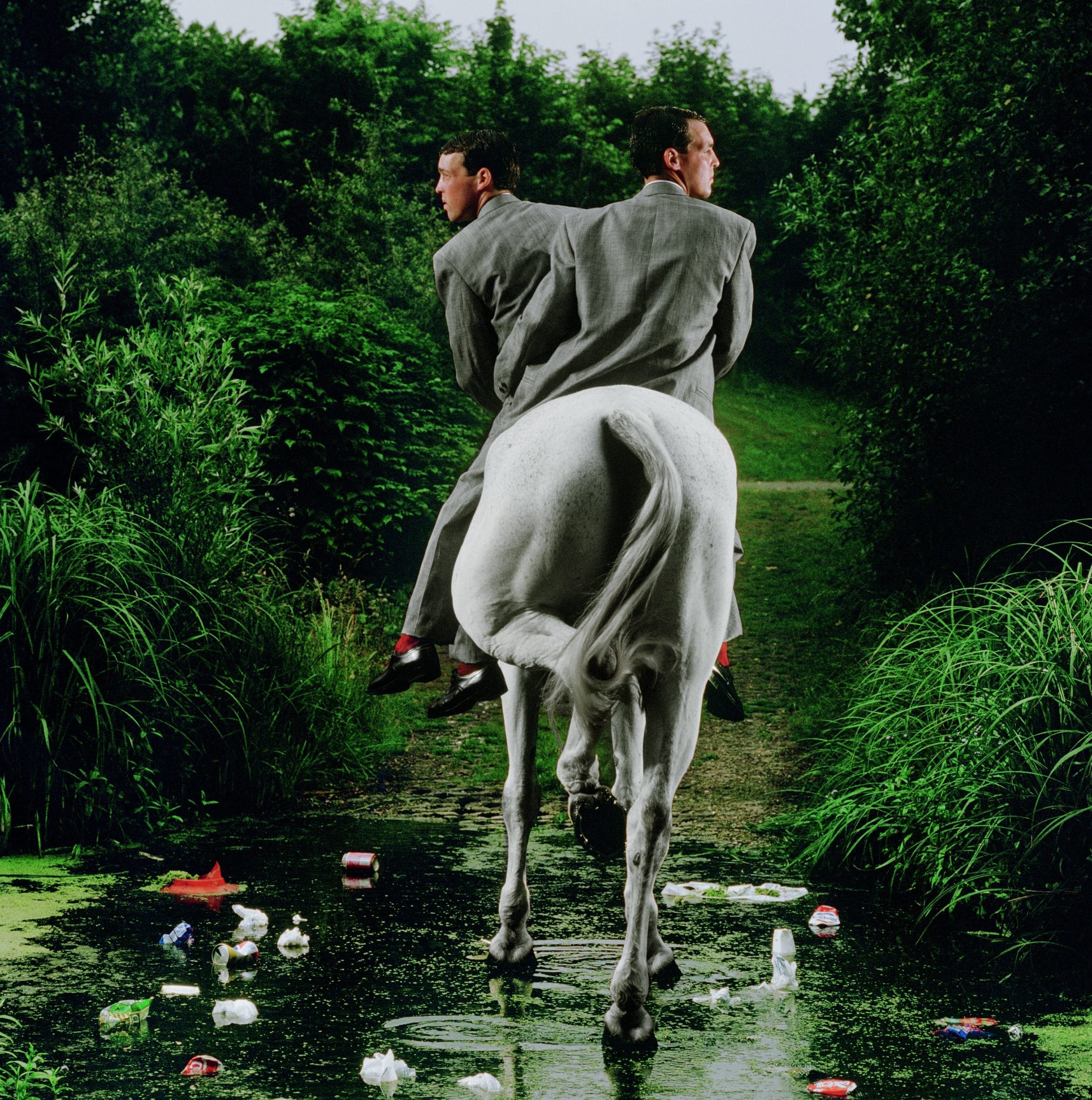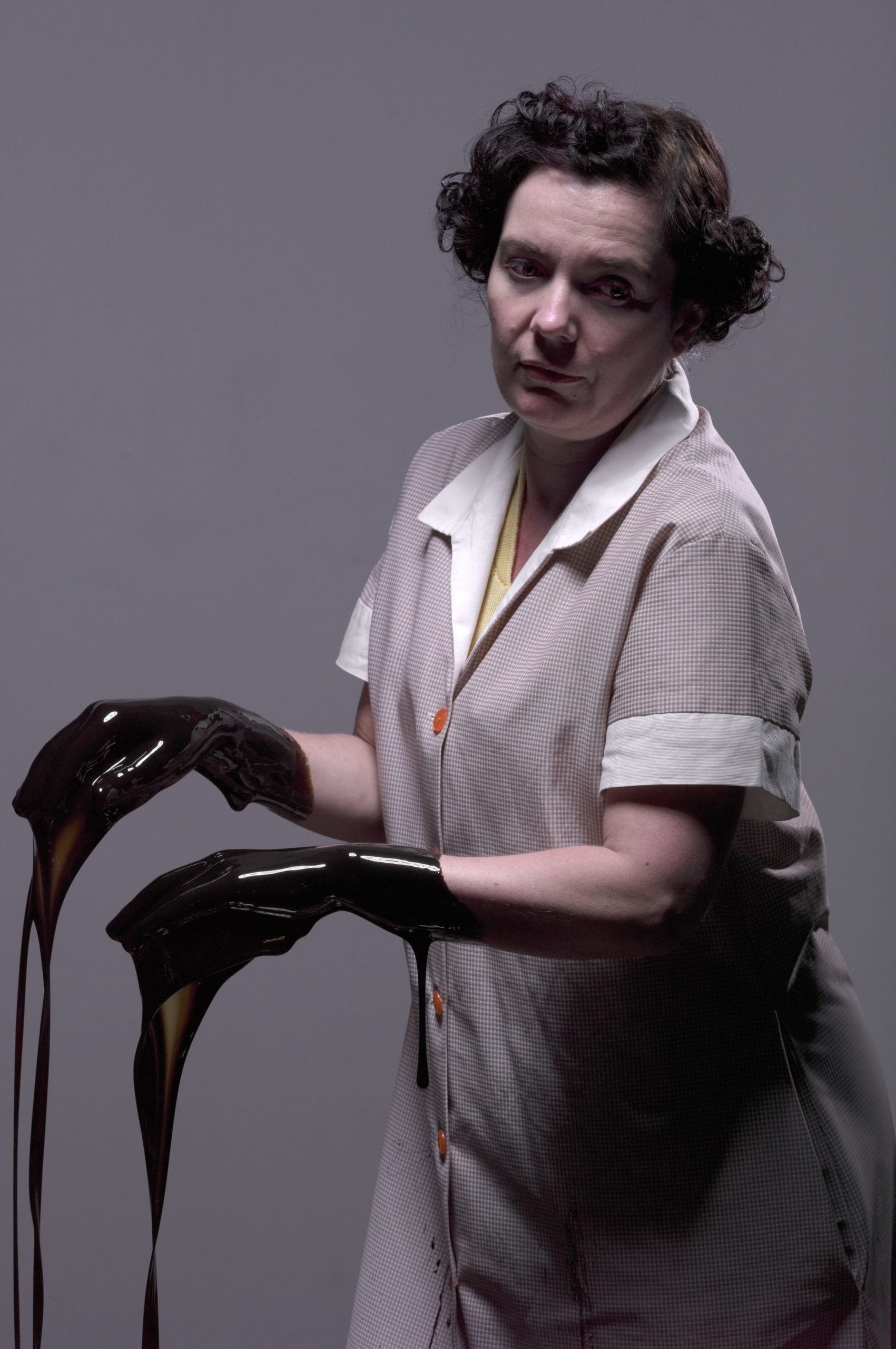“I’ve spent a lifetime tidying up the world”, Brian Griffin tells us when we meet him in his home in London in May.
Much of his work, often depicting workers and tradesmen, seems meticulously staged, yet honest and full of emotions. Griffin’s work transforms workplaces into stages and his subjects into actors.
As one of Britain’s most influential portrait photographers, he achieved early recognition for his work in the 1970s and 1980s, developing a style which has since been referred to as Capitalist Realism.
Griffin tells us that he never felt bothered about photographing the famous and he never felt star struck, even when meeting some of his more glamorous clients. Over the years he photographed anyone from Helen Mirren to Vivienne Westwood, Sebastian Coe to Jonathan Ross.
Griffin always wanted to capture real emotions, sometimes turmoil, which one can see in his photographs. To capture this in his models’ expressions he has tried many tricks, like playing the charming amateur photographer or by mischievously goading his subjects.

Griffin takes inspiration from fine art, such as painting, as well as film and literature. The Black Country, where he grew up, has also shaped the photographer and his work. At age 16, he began his career by working in a Black Country factory as a trainee draughtsman.
His parents were against him working there, so he played with the idea of doing something more exciting, like becoming a fighter pilot, a speedway rider, or something more creative like a painter.
But finally, with a desire to get away from home and the introduction to photography through a local Camera Club, Griffin enrolled at Manchester Polytechnic to study photography.
He explains to us that even back in the day it was incredibly difficult to get started as a photographer. “People just didn’t want to give jobs to a young lad, and there weren’t many photography jobs to come by in the first place. In the late sixties photography wasn’t a terribly fashionable thing to do, it wasn’t something anyone desired to do,” he explains.
Griffin’s favourite photographs transpired from darker moments in his life, such as his father passing away from lung cancer, caused by years of working in a factory. By better understanding his subject’s background, such as learning about the poor working conditions of industrial workers, his photographs became incredibly realistic and vivid. His personal experiences directly inspired some of his renowned photographs such as his well-known portraits of tradesmen kissing their tools, in which they are seen elevated to a different, almost royal, status through their poses.

So what advice does he have for any budding photographers? “Working as a photographer is incredible. It’s very difficult and I have seen many talented photographers give up, but if you’re passionate enough and are willing to sustain the efforts it takes, it can be an incredible thing. But you’ve got to be a little obsessed and you need a strong disposition.”
Throughout his career as a freelance photographer Griffin found himself in an incredibly competitive environment; struggling for a decade before being able to pay off an overdraft and afford to pay his studio.
Much of his previous work focused on advertising shots. He even ran his own production company and worked as a commercial director for years. As he became better known and more experienced, it became clear that maintaining control over his work was important. Suddenly retaining copyright and putting in place contracts became important.
“In the 70s and 80s, copyright didn’t seem to matter as much, but today, photographers should never surrender their copyright. I joined DACS, who campaign for all kinds of visual artists and pay them royalties, because I felt they were extremely trustworthy. I have been receiving annual royalty payments ever since.”
DACS collects and distributes royalties to visual artists and their estates through Artist’s Resale Right,
Copyright Licensing and Artimage, and via Payback, the annual scheme which is open for application between July and September.
Griffin himself has been claiming Payback royalties since 2009, and any photographer whose work has ever been featured in a UK book, magazine or shown on TV can make a claim for Payback royalties online. Last year the Payback scheme gave a share of almost £4.7 million to over 25,000 visual artists, the majority of which were photographers. This year you can apply for a share of more than £5.5 million royalties.
Like many others, Griffin explains to us that any additional income, such as Payback royalties, support his passion as a photographer and lets him prioritise projects he truly believes in. “Where previously I would have to work on yet another advertising campaign, royalties help me purchase new equipment and materials and help me focus on the type of work I find truly interesting.”

Griffin has published twenty books and in 1991, he was awarded the ‘Best Photography Book in the World’ prize at Barcelona Primavera Fotografica. For one of his most recent book projects, Himmelstrasse, Griffin took a series of photographs of the railways that transported World War II prisoners to deaths camps in Poland. Some of his other work throughout summer 2016 includes a series of workshops, such as an event with Space Studios and the Royal Photographic Society in London.
Brian Griffin’s photographs are held in the permanent collections of major art institutions including the Arts Council, British Council, Victoria & Albert Museum and National Portrait Gallery, London.
Payback is open from July to September 2016 and visual artists can get a share of £5.5 million in royalties if their work has been published in a UK book, magazine or shown on TV. In 2015 individual claims ranged from £25 to £3,770, with a median artist payment of around £275. Simply click here to apply online now.
To learn more about DACS’ annual Payback scheme and how to claim royalties, as well as your rights and opportunities as a photographer, visit: https://www.dacs.org.uk/for-artists.
Supported by DACS
Established by artists for artists, DACS is a not-for-profit organisation for visual artists’ rights management. Passionate about transforming the financial landscape for visual artists through innovative new products and services, DACS acts as a trusted broker for 90,000 artists worldwide. Founded over 30 years ago, DACS is a flagship organisation that has and continues to campaign for artists’ rights, championing their sustained and vital contribution to the creative economy. DACS collects and distribute royalties to visual artists and their estates through three royalty schemes: Payback, Artist Resale Rights and Copyright Licensing. Visit dacs.org.uk for more information about DACS and its services.
